Which household items should make a comeback?
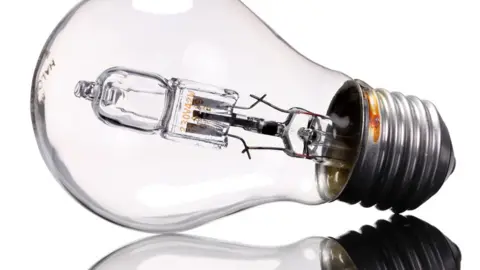 Press Association
Press AssociationHousehold items, along with most things in life, have trends that come and go. Very few of us continue to scour our front step with a donkey stone; alarm clocks, paper maps, camcorders - and the recently-banned halogen bulb - could soon be just as irrelevant.
Professor of design history at the University of Portsmouth, Deborah Sugg Ryan, who was also the series consultant and on-screen expert for the BBC television series A House Through Time, has identified 50 products likely to pass from the category of useful and even luxurious to that of pointless and old-fashioned.
But should the bedroom tea-maker, the carpet sweeper and the hostess trolley be consigned to the dustbin of history?
Advances in technology do not always go hand-in-hand with enjoying life. For every person who is waiting for the time it will be normal for a beverage-bearing robot to glide into the bedroom at daybreak, there are plenty who are still waking up to the comforting steamy burble and gush of a Teasmade.
So before they disappear from the country's shelves and shopping lists, here are some of the once-ubiquitous household products that are arguably due a comeback.
The bedroom tea-maker
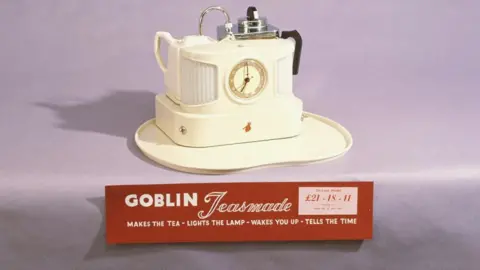 Getty Images
Getty ImagesThe classic Goblin Teasmade is probably the best-known of these little gems that cater for our obsession with a nice cup of char before emerging from beneath the eiderdown.
The original gas-powered automatic tea-making apparatus was patented by Samuel Rowbottom in 1891. It included an analogue alarm clock, which triggered the mechanism to boil the water, using the steam to force the water down a tube into a teapot.
Electric versions became available in the 1930s, with some including a lamp.
By the 1970s the Teasmade had reached iconic status - at one point it was estimated that two million British households had one.
Admittedly, most of us now own electric kettles and do not need to tiptoe downstairs in the cold and dark to light the kitchen range before waiting for our water to boil, but nothing compares to having a piping hot brew ready at the bedside.
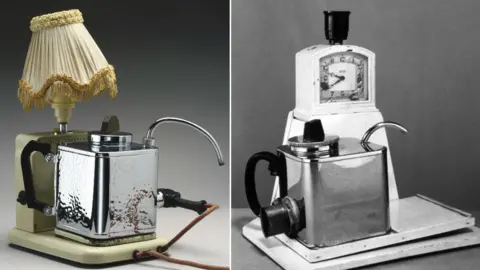 Getty Images
Getty ImagesThe Compactum wardrobe
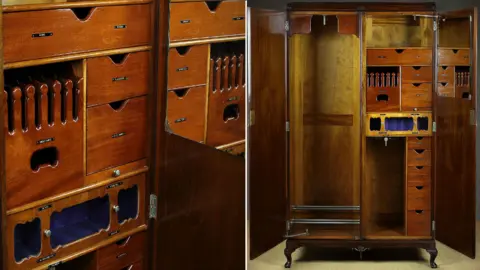 Getty Images
Getty ImagesFor the gentleman who believes there's a place for everything and everything should be in its place, the Compactum wardrobe was the perfect clothes repository.
On the outside, a respectable and occasionally stylish veneer. But the wonders on the inside! A vast array of fitted drawers, slides, pigeon holes, hangers and hinged compartments.
Each compartment was clearly labelled - so gloves, studs, socks, collars, underwear, plain shirts, dress shirts, "fancy shirts", handkerchiefs, pyjamas and so on would be easily at hand, and there was no mistake over where to put things away.
With an inside-door mirror and a shelf to keep one's brush and comb, it was convenient and space-saving.
The Easiwork Dresser
 Getty Images
Getty ImagesFitted kitchens took a long time to catch on in Britain and were not commonly found in most homes until the early 1960s. Before persuading customers to invest in the luxury of a built-in kitchen, companies like Peerless of Perivale sold a kitchen cabinet in the form of a single free-standing cupboard with multiple doors and drawers.
These dressers were popular by the 1920s, and usually incorporated a flour sifter, flour bin, sugar bin, metal-lined bread drawer, rolling pin, "household wants" indicator and storage jars.
There was a sliding or fold-down enamel worktop for food preparation and a meat safe. Some larger ones even included built-in ironing boards.
Prof Sugg Ryan suggests this "kitchen in a cupboard" could be due a revival in contemporary compact urban kitchens.
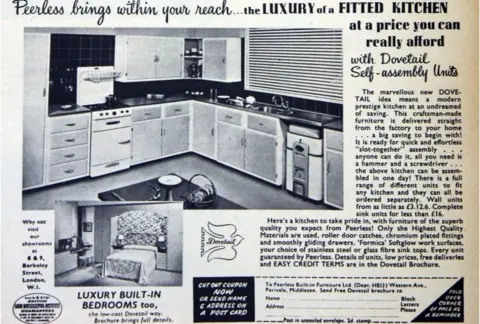 Getty Images
Getty ImagesThe hostess trolley
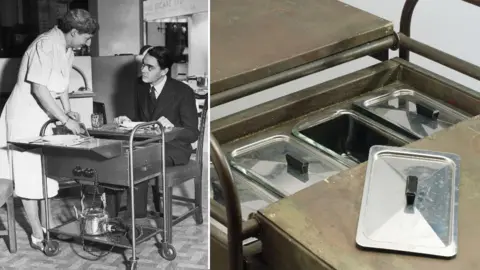 Getty Images
Getty ImagesThe hostess trolley - a favourite with 1970s housewives - was a lumbering pantechnicon used to keep food more-or-less warm in Pyrex dishes.
It meant a Sunday roast dinner, for example, could be prepared first thing in the morning and then forgotten about, freeing up the modern woman to do what modern women did. Go to church or iron their peasant blouses and bell bottoms, or whatever.
But microwaves, ready meals, and less formal eating arrangements meant households became less likely to invest in the hostess trolley. In 1964, a Hawkins Electric Hostess for Gracious Living cost 36 guineas - the equivalent of about £650 today.
But there remains a role for the hostess trolley in modern society - back in 2002 it was certified as suitable for use by the Orthodox Jewish Congregations of America, who are forbidden to do any kind of work - including cooking - on the Sabbath.
And the need to keep food warm during Ramadan has made the trolley popular in the Middle East.
Shops like John Lewis and Argos still sell hostess trolleys - brushed-steel and beech-effect trolleys add a more contemporary edge to the design, which is less reminiscent of dreary boarding-houses by the sea. There has even been a limited edition union jack hostess trolley for Harrods.
Carpet sweeper
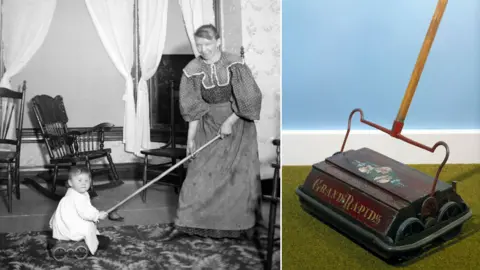 Getty Images
Getty ImagesOne of the most popular non-electrical labour-saving devices was the mechanical carpet sweeper, which first went on sale in Britain in 1889.
It was a small box with rollers and brushes on the base, connected by a belt or gears.
The 1935 Housewife's Book said: "These handy little labour-savers should be used for a few minutes after every meal or wherever crumbs or litter make an appearance".
Prof Sugg Ryan points out their environmental credentials as a zero-energy appliance and suggests they should be due for a revival.
Sweeper-manufacturer Bissell is still in business, although their advertising is now not centred around "Christmas presents for her".
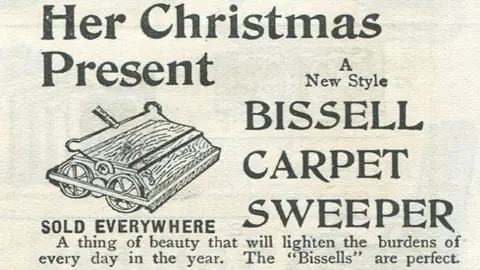 Getty Images
Getty Images
The items identified by Prof Sugg Ryan and Signify, the manufacturer of Philips LED:
- Incandescent bulb, rotary dial telephone, answering machine, telephone table, Yellow Pages, donkey stone
- Vinyl record player, radiogram, cassette tape/player, VCR, cathode ray tube TV slide projector and slides, photograph album, cartridge games consoles, Ghetto blaster, camcorder, Gameboy, Walkman
- Carpet sweeper, electric bar fire, service hatch, hostess trolley, Household Wants Indicator, solid fuel cooking range, meat safe
- Copper, washing dolly, washboard, mangle, twin tub, flat iron, laundry blue, washing-up soap
- Rotary egg whisk, hourglass egg timer, pull-tab can, Mouli food mill, balancing scales, gas-powered iron
- Compactum wardrobe, electric Teasmade
- Fax machine, flash cube, typewriter, floppy disk, dial-up modem, pager, personal digital assistant, daisywheel printer
